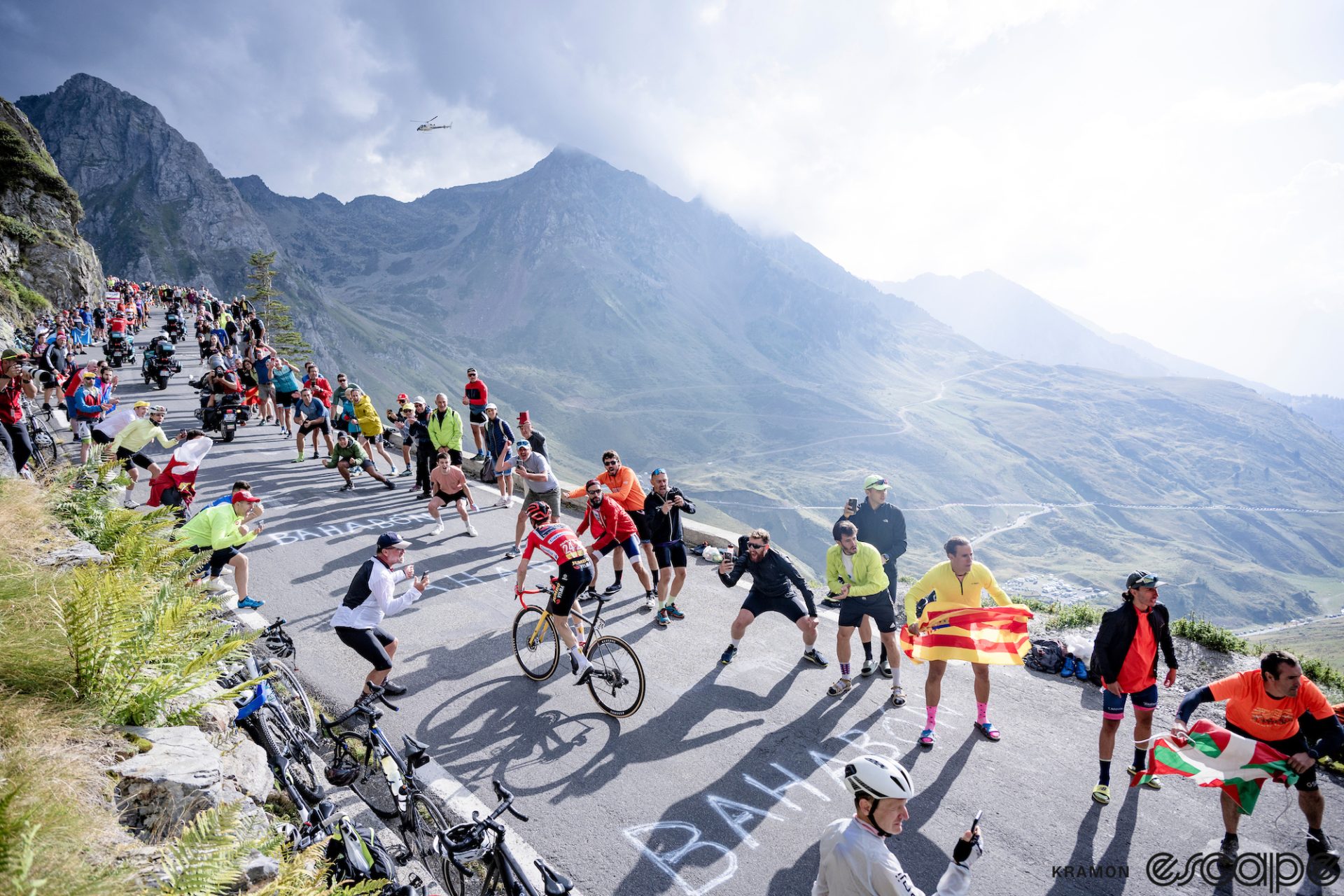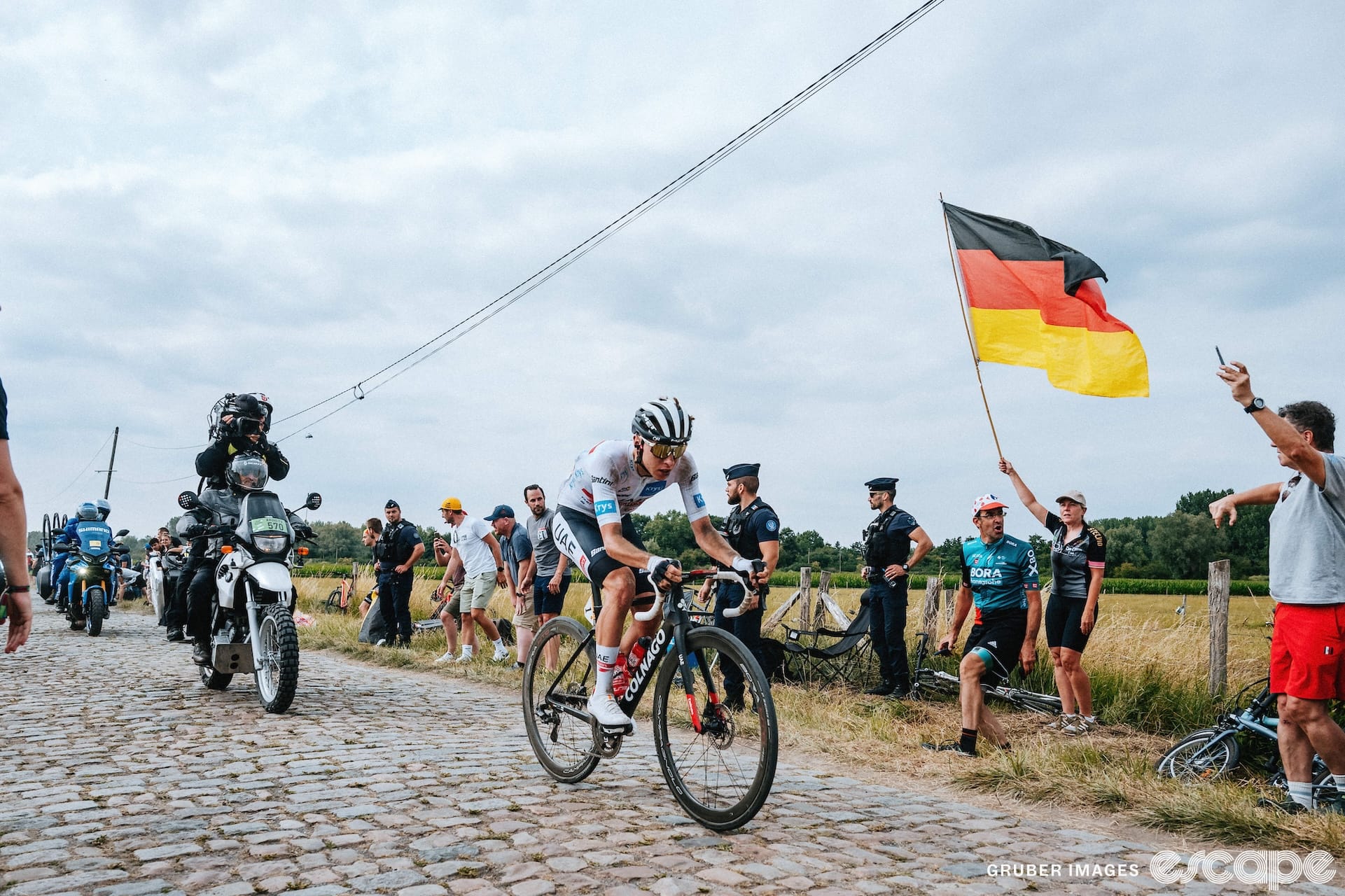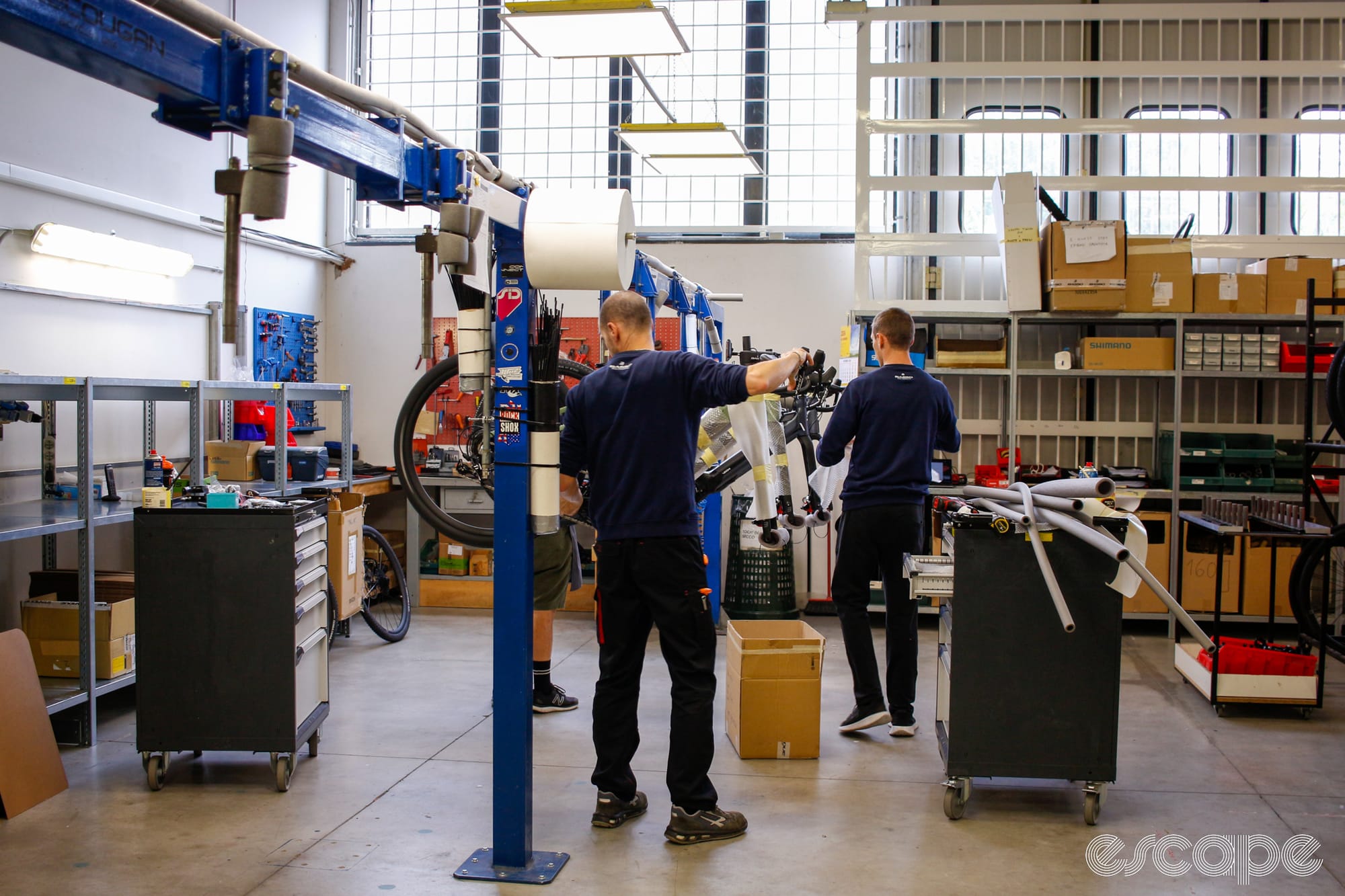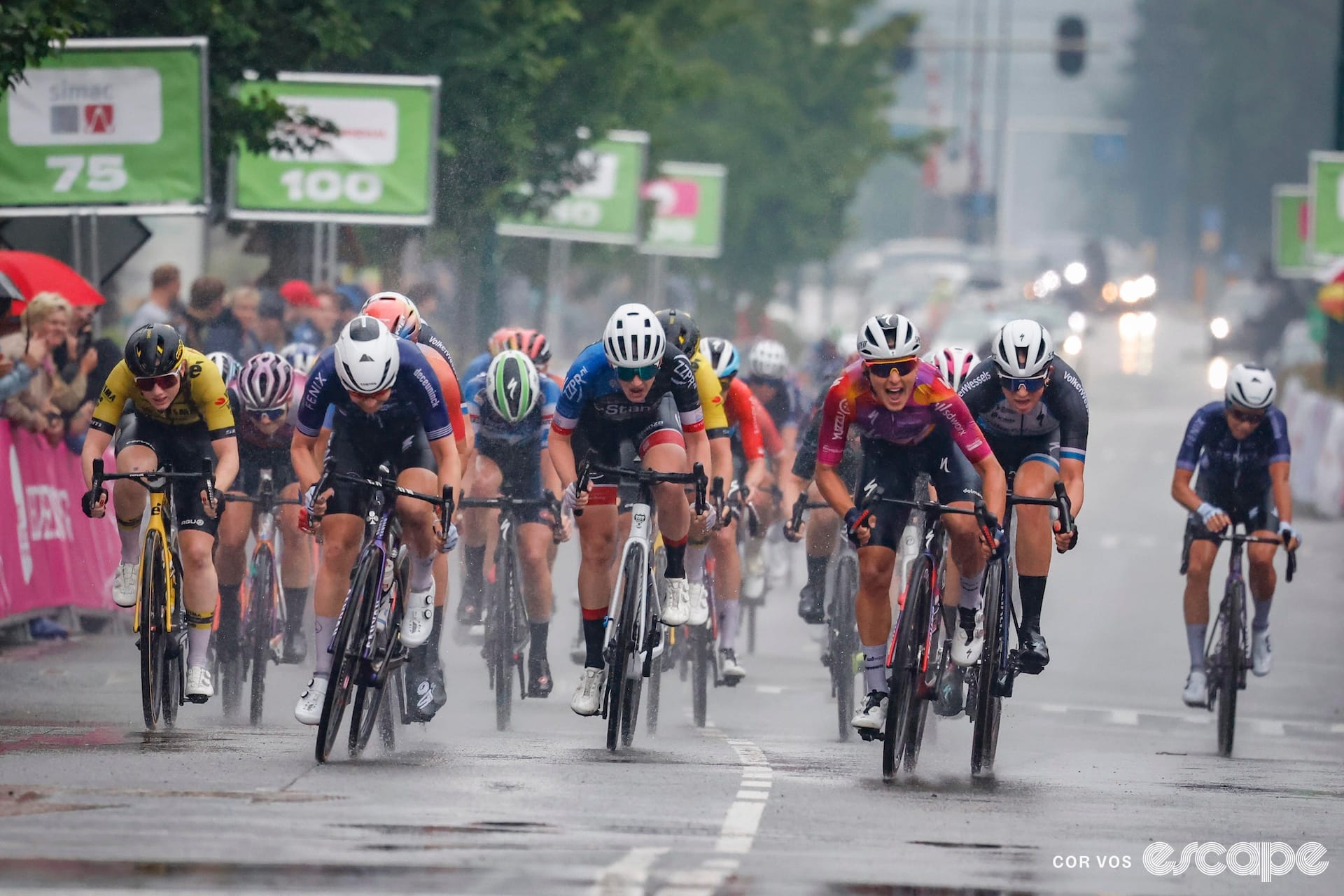Vuelta a España organizers have unveiled the route of the 2024 edition of the race, and, surprising no one, it's one that is bound to attract some climbing talents. As ever, the Spanish Grand Tour will take on some brutal ascents next year and almost no completely flat days, while only featuring 34 km against the clock between two TT stages.
"If there is one thing that truly defines the route of the race’s 2024 edition it is its difficulty, reflected in its nine high-altitude finales and in the return of such legendary and historical climbs as Lagos de Covadonga, El Purche or Hazallanas, in Sierra Nevada – none of which have ever been attempted immediately after a rest day," said race director Javier Guillén. "More recent discoveries include Moncalvillo and some infernal slopes, such as those of the Cuitu Negru."
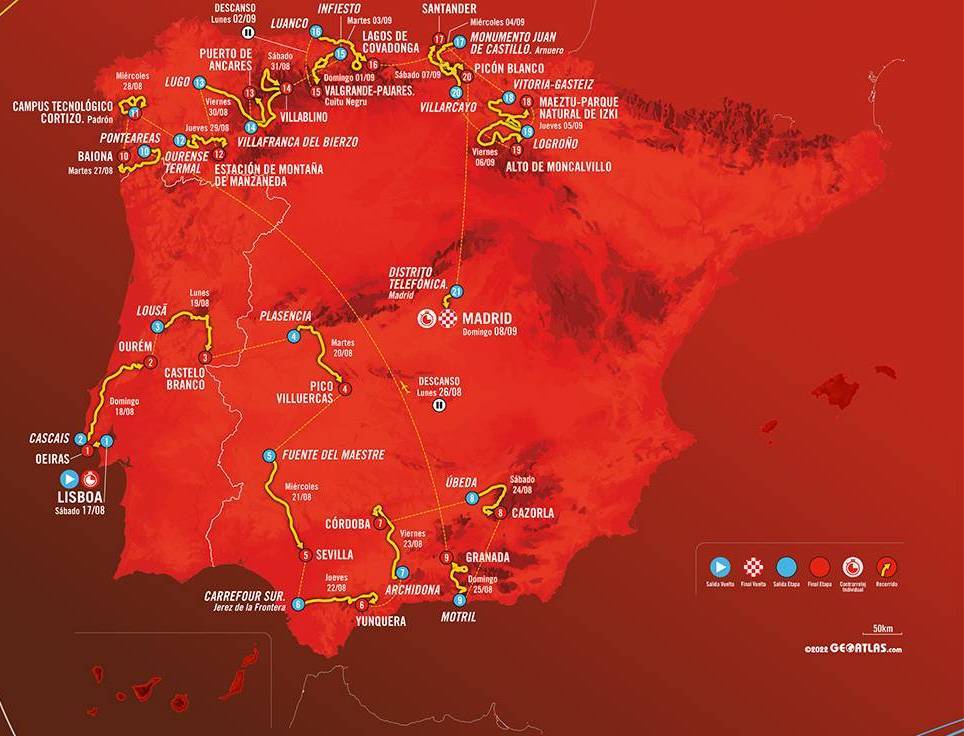
All things considered, whoever follows in the footsteps of 2023 Vuelta champ Sepp Kuss (Jumbo-Visma) is bound to be a capable climber – which is hardly a surprise, considering that the Vuelta has a reputation for throwing plenty of steep gradients at those who dare to race it. This year's race featured the iconic Angliru climb; next year's will not, but it will take on plenty of other grueling challenges instead.
In a somewhat rare move for the Vuelta, which starts abroad far less often than its Italian and French counterparts, next year's race will get underway on August 17 with three days in Portugal. The race opens with the first of the event's two time trials, and it's a flat and short one at just 12 km in the Portuguese capital of Lisbon.

There are a few hills over the next two days in the neighboring country, but it is not until the race heads into Spain on stage 4 that we should see the first real GC showdown on a finishing climb with a first-category ascent to Pico Villuercas in the Extremadura region of western Spain. That should set the tone for the GC battle early, before a rare, fully flat stage 5.
Three lumpy days come next as the race heads into Andalusia before a serious mountain test in Granada on stage 9, where three first-category ascents feature in the second half of the day before a downhill finish into Granada. After what is sure to be more GC action, riders will at least have a rest day to follow.

From Granada, the peloton will fly from southern Spain to Galicia in the northwest, where a lumpy stage 10 and 11 will give way to a summit finish on stage 12 and then a significantly harder one on stage 13, where the steep Tejedo de Ancaraes climb should create some GC separation.
Riders will have little opportunity for rest with another Cat. 1 before the stage 14 finish, and then stage 15 will be among the hardest of the race, concluding with the monstrous Cuitu Negru climb, which ascends some 18 km at an average grade of over seven percent and features pitches over 20 percent near the finish line. The climb saw a thrilling showdown back in 2012, where Dario Cataldo took the stage ahead of Thomas de Gendt out of the break while Joaquím Rodríguez, Alberto Contador, and Alejandro Valverde duked it out further behind.

A well-deserved second rest day follows the Cuitu Negru stage, but because this is the Vuelta, another brutal day awaits after that on stage 16, which finishes with the famed climb to Lagos de Covadonga, another "categoría especial" challenge.
Two more hilly days will take the peloton eastward along Spain's northern coast before two final climbing stages: stage 19 with its first-category finish at Moncalvillo and the grand climbing finale of stage 20, with seven categorized climbs on the menu including a stairstep finish of first-category ascents.

After all of those mountain challenges, the race will conclude in Madrid with a flat 22 km time trial.
All told, riders will cover 3,261 km between August 17 and September 8 of next year. Interestingly enough, there is not a single stage on the docket of more than 200 km in length. Coupled with the fact that only one mass start stage could be categorized as being completely flat, it should all make for a race jam-packed with entertaining stages and not much downtime.
Did we do a good job with this story?

